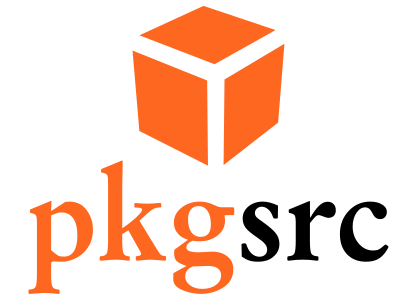
digiKam is an advanced digital photo management application for KDE, which makes importing and organizing digital photos a "snap". The photos are organized in albums which can be sorted chronologically, by folder layout or by custom collections. You tag your images which can be spread out across multiple folders, and digiKam provides fast and intuitive ways to browse these tagged images. You can also add comments to your images. digiKam makes use of a fast and robust database to store these meta-informations which makes adding and editing of comments and tags very reliable. An easy-to-use interface is provided that enables you to connect to your camera and preview, download and/or delete your images. Basic auto-transformations can be deployed on the fly during image downloading. Another tool, which most artists and photographers will be familiar with, is a Light Table. This tool assists artists and photographers with reviewing their work ensuring the highest quality only. A classical light table will show the artist the place on the images to touch up. Well in digiKam, the light table function provides the user a similar experience. You can import a photo, drag it onto the light table, and touch up only the areas that need it.
| OS | Architecture | Version |
|---|---|---|
| NetBSD 10.0 | x86_64 | digikam-8.7.0nb4.tgz |
| NetBSD 11.0 | x86_64 | digikam-8.7.0nb7.tgz |
| NetBSD 11.0 | x86_64 | digikam-8.7.0nb4.tgz |
Binary packages can be installed with the high-level tool pkgin (which can be installed with pkg_add) or pkg_add(1) (installed by default). The NetBSD packages collection is also designed to permit easy installation from source.
The pkg_admin audit command locates any installed package which has been mentioned in security advisories as having vulnerabilities.
Please note the vulnerabilities database might not be fully accurate, and not every bug is exploitable with every configuration.
Problem reports, updates or suggestions for this package should be reported with send-pr.